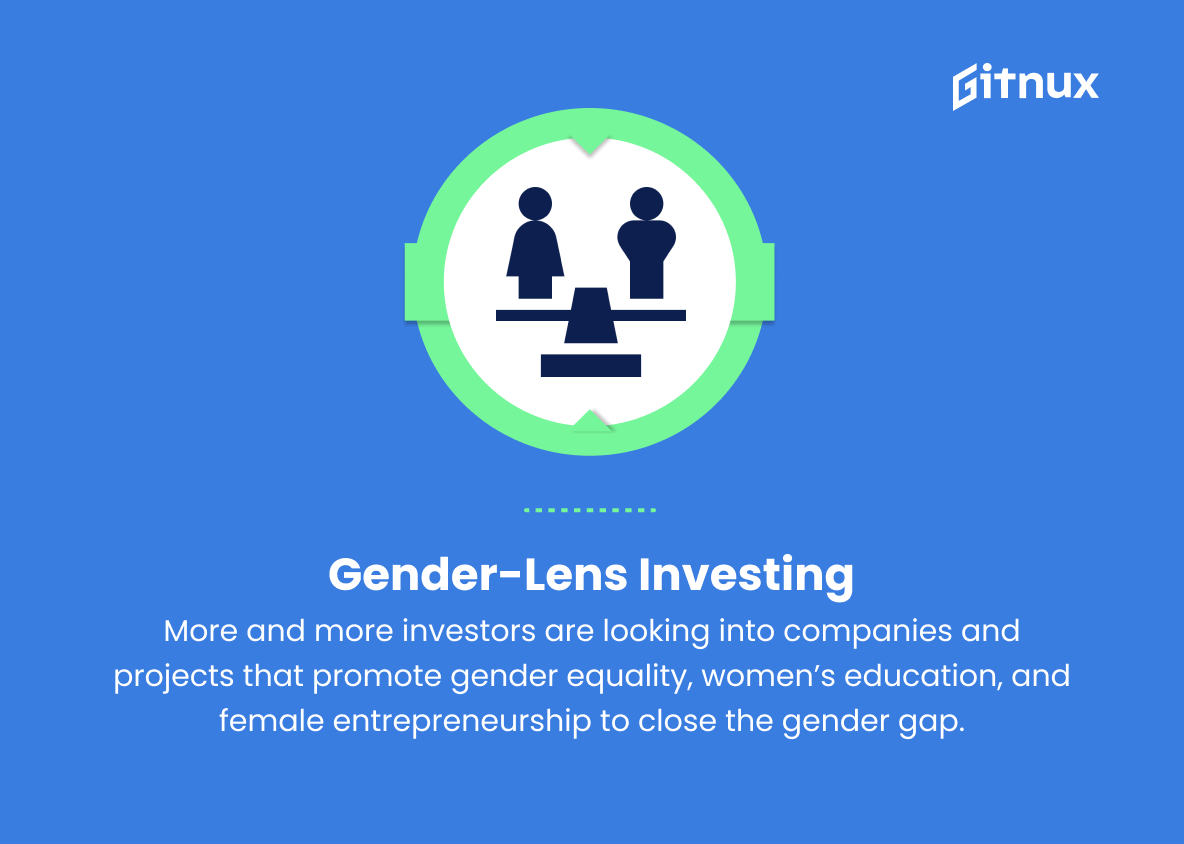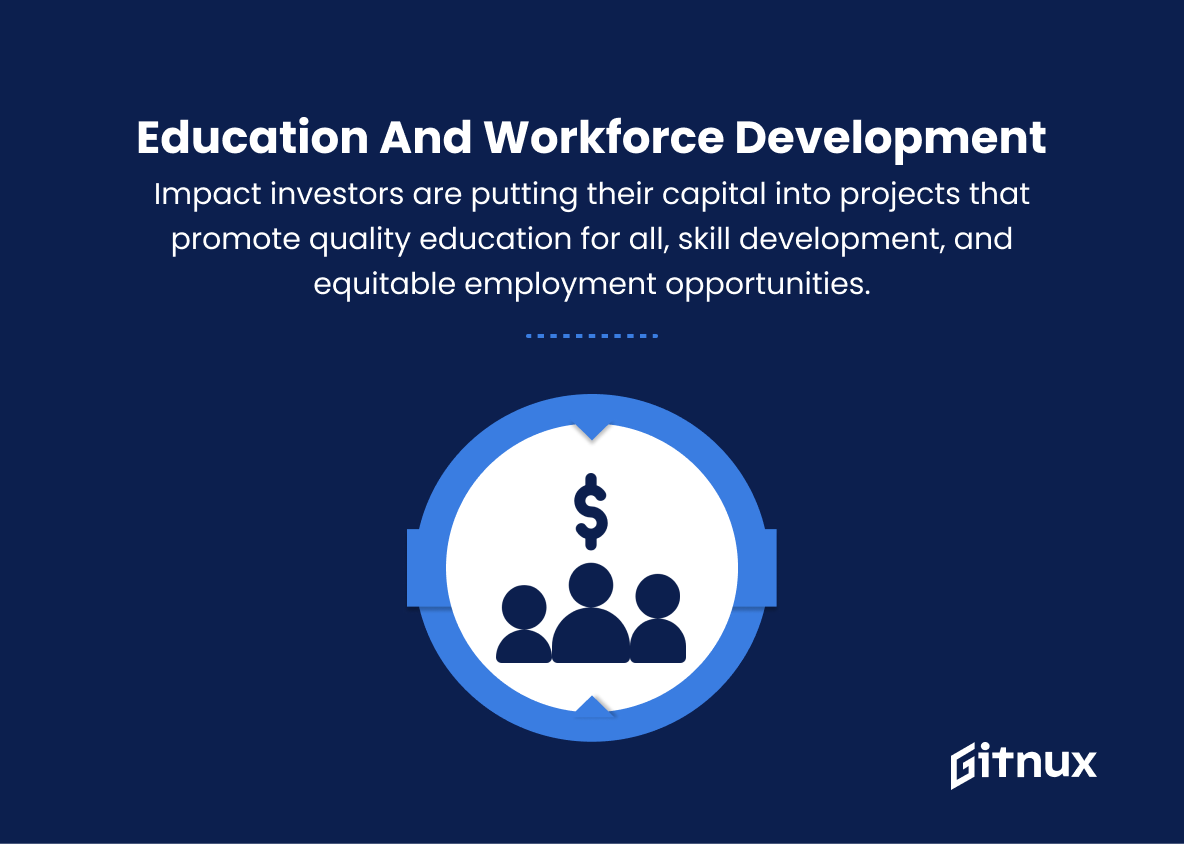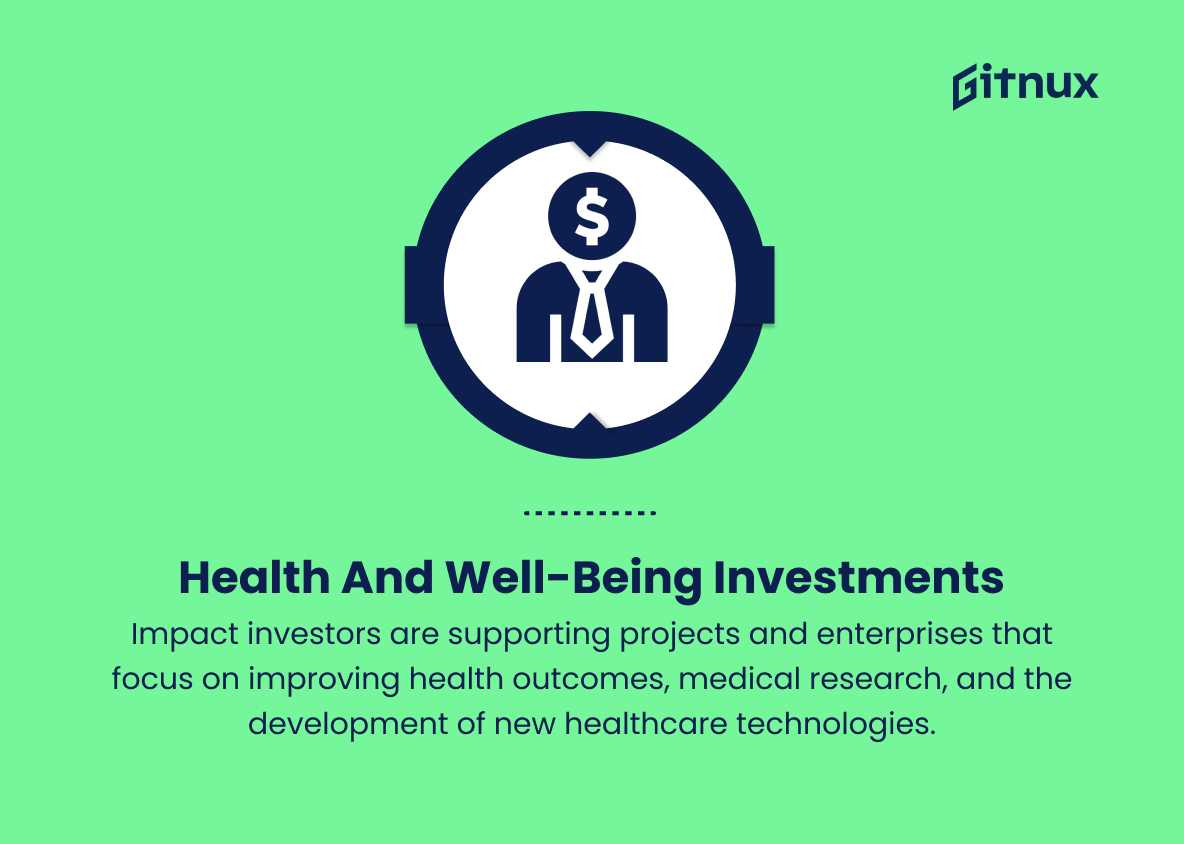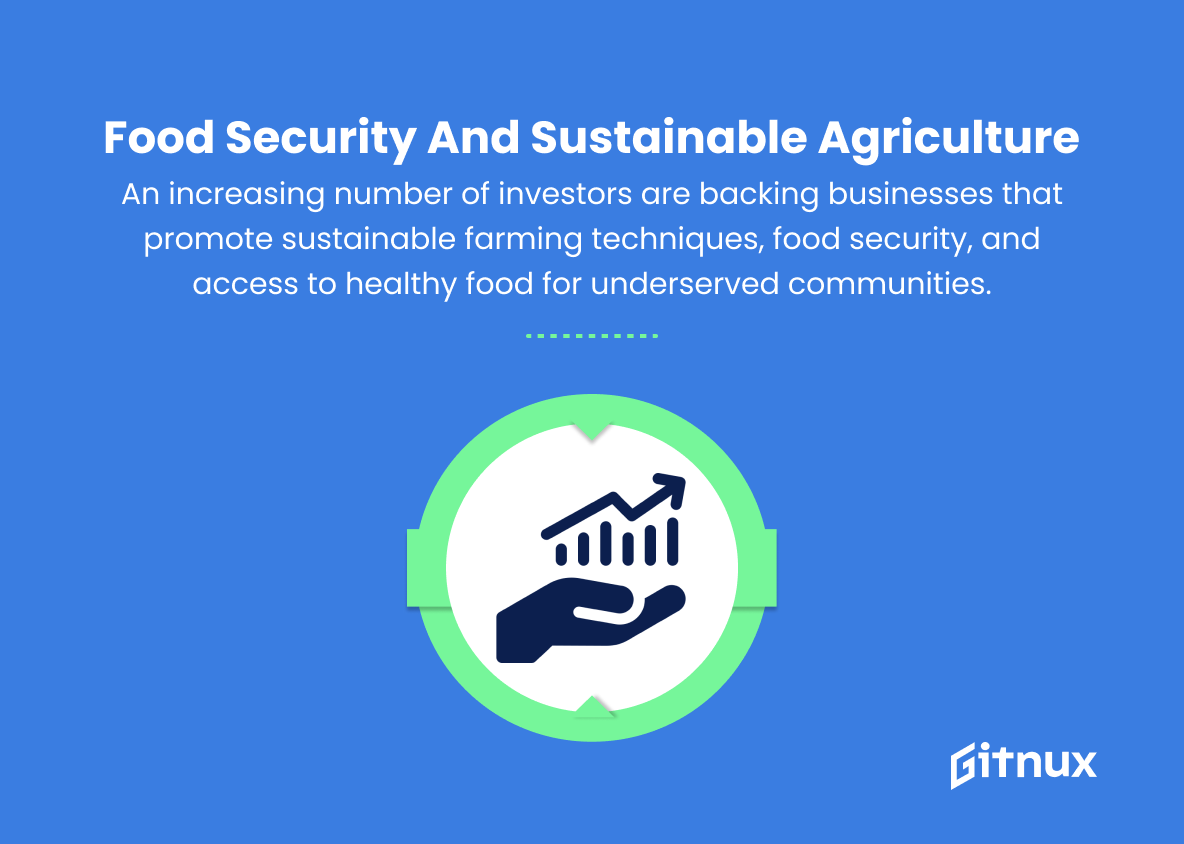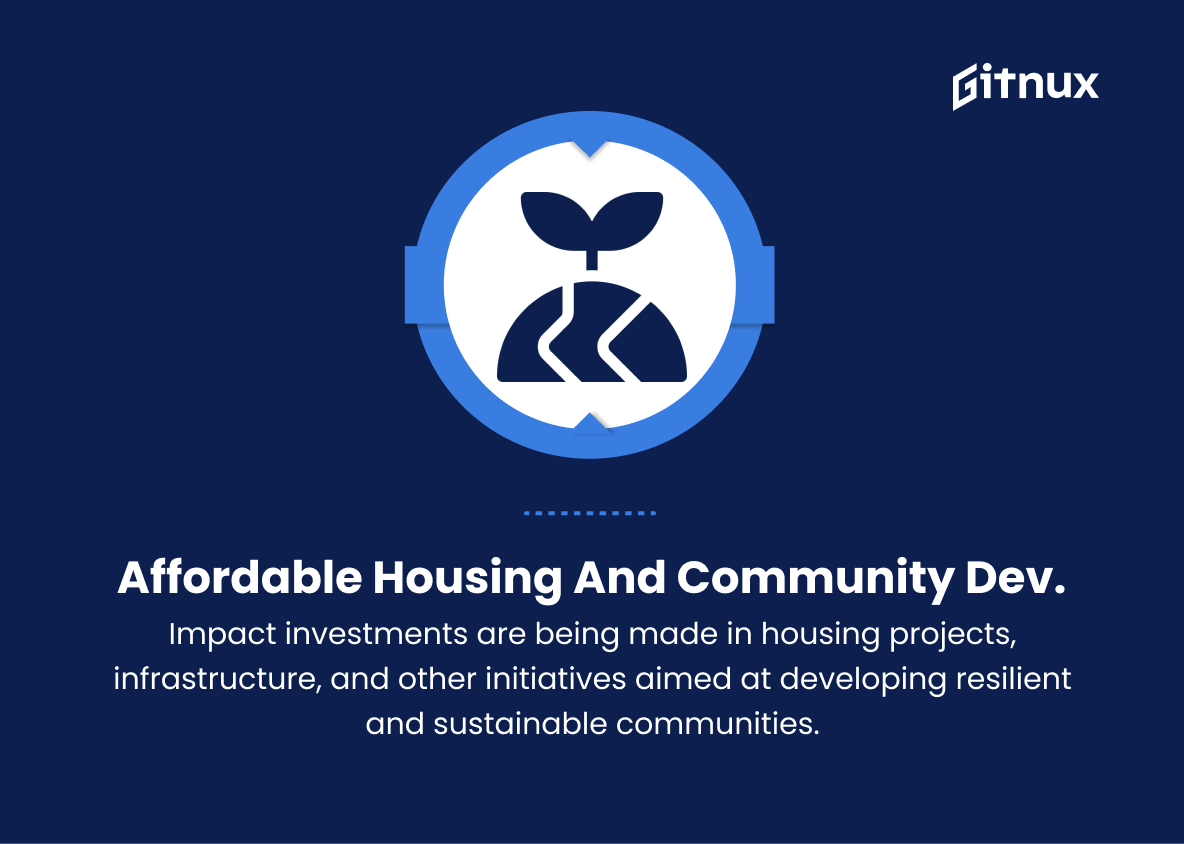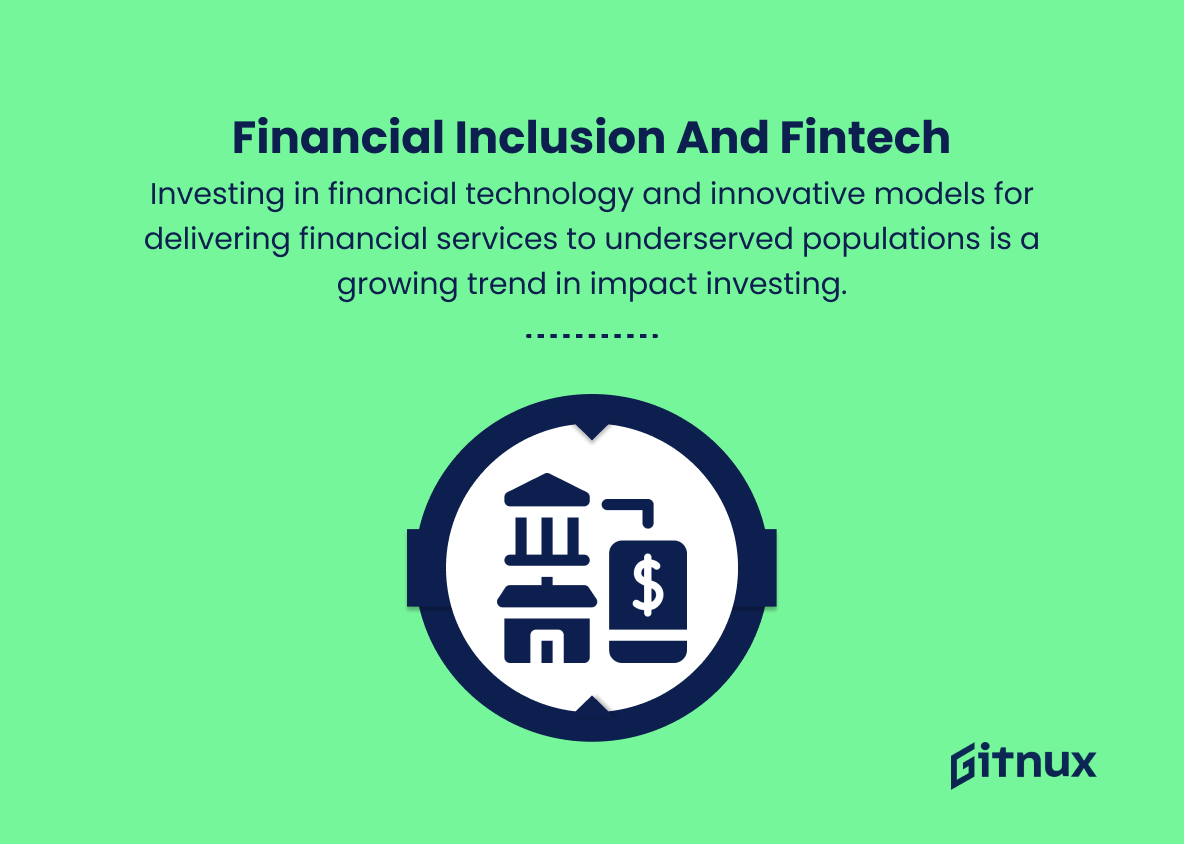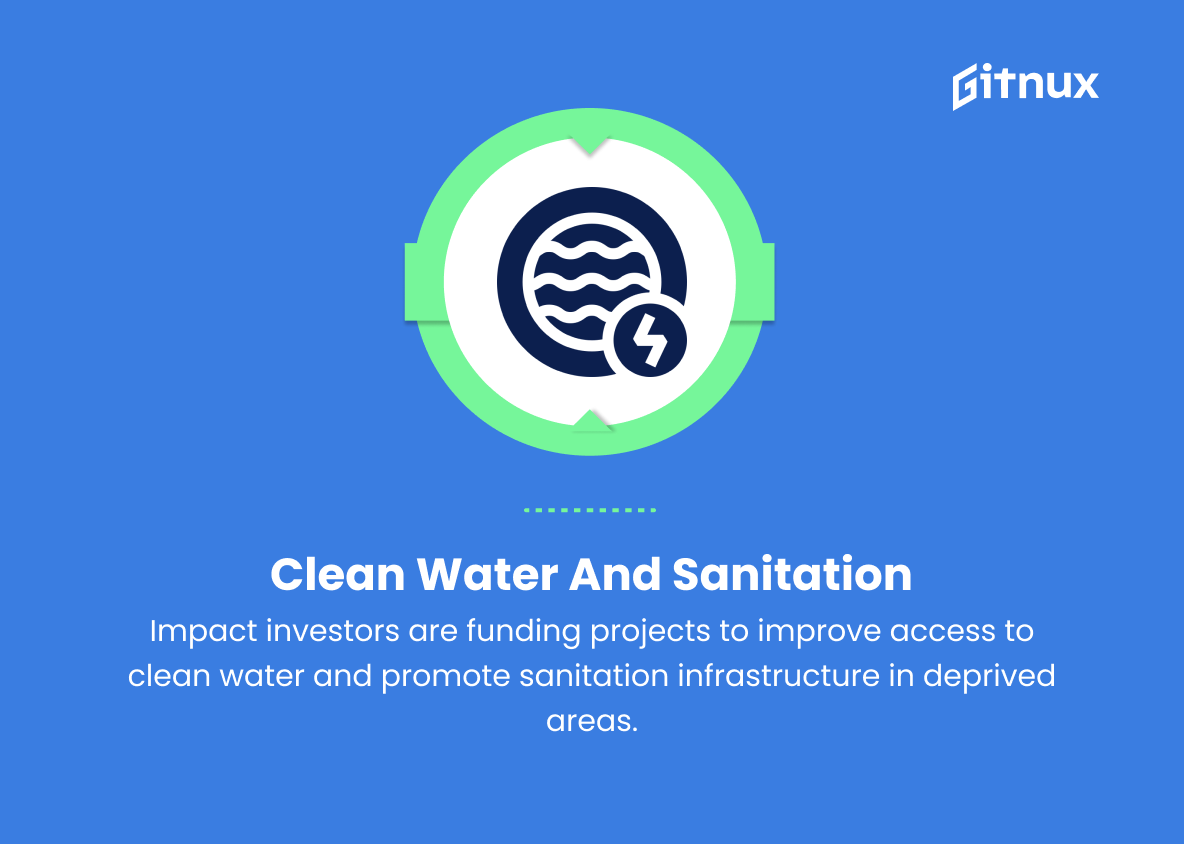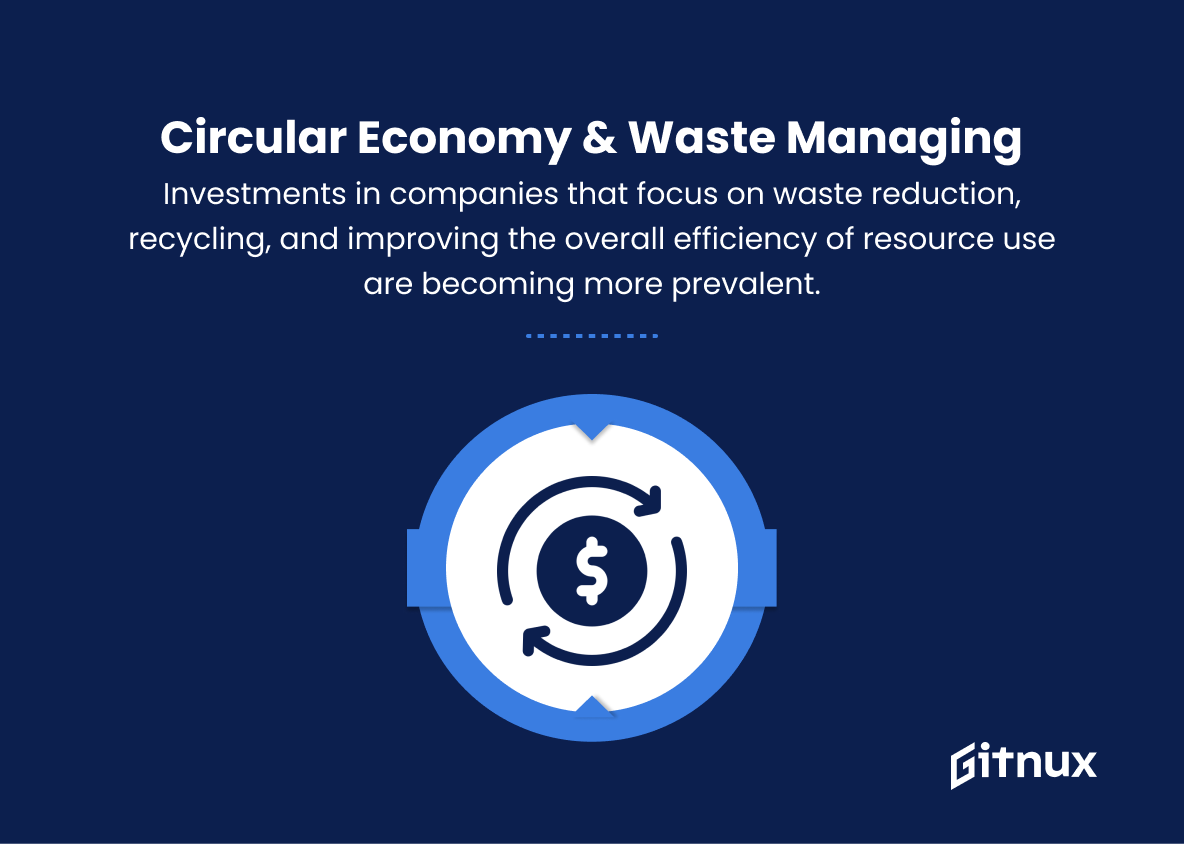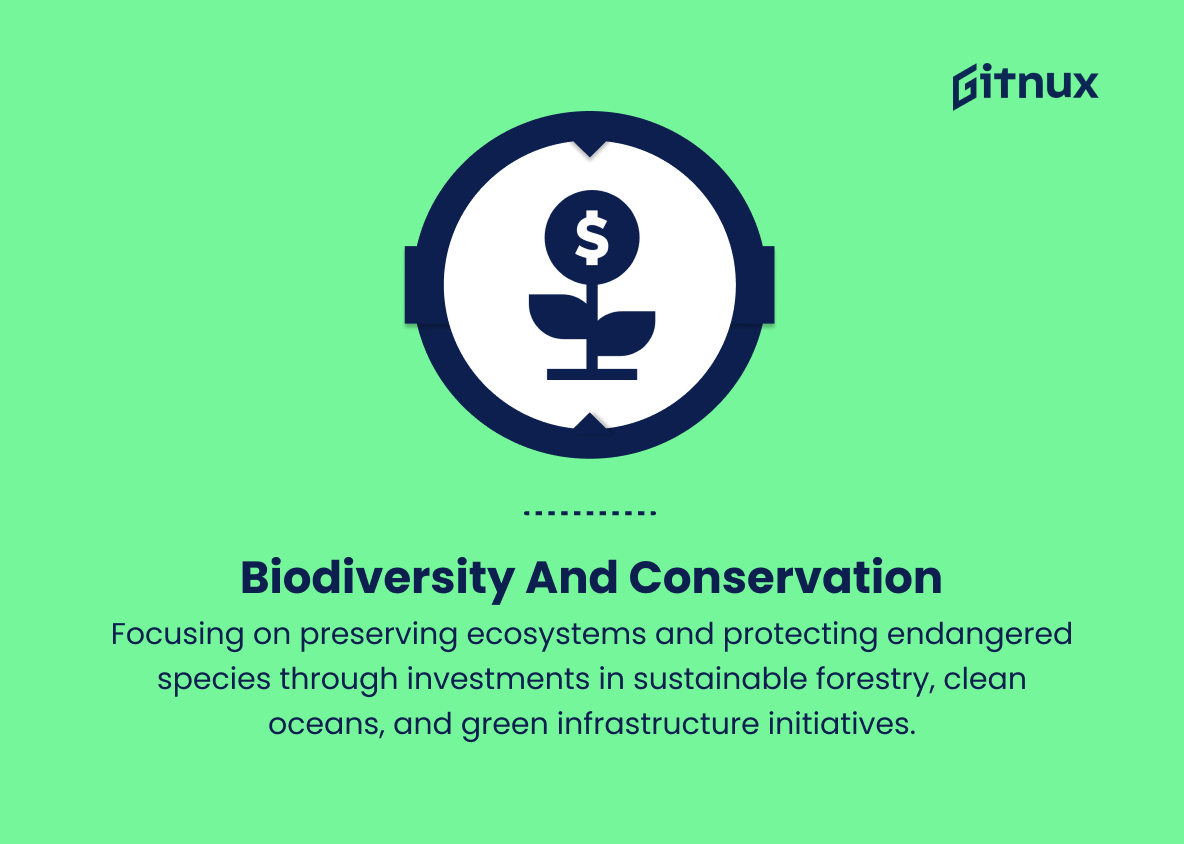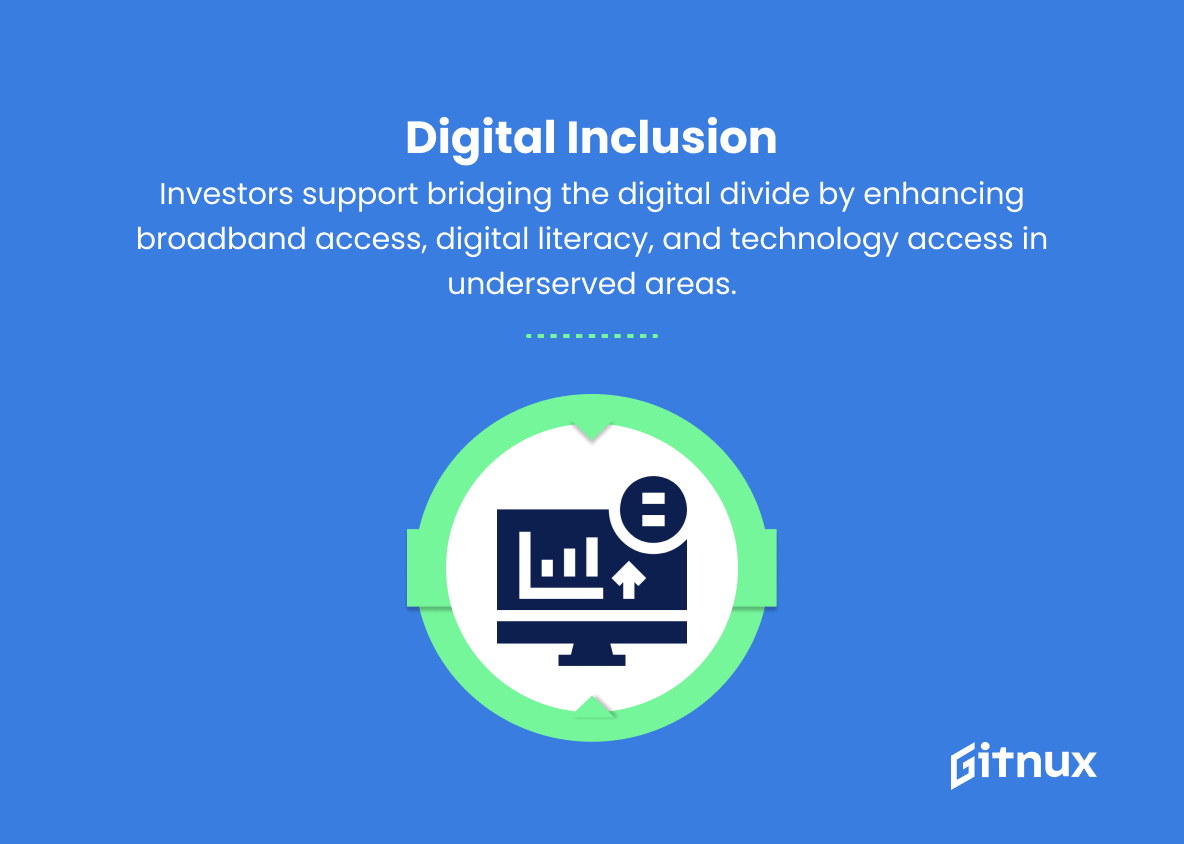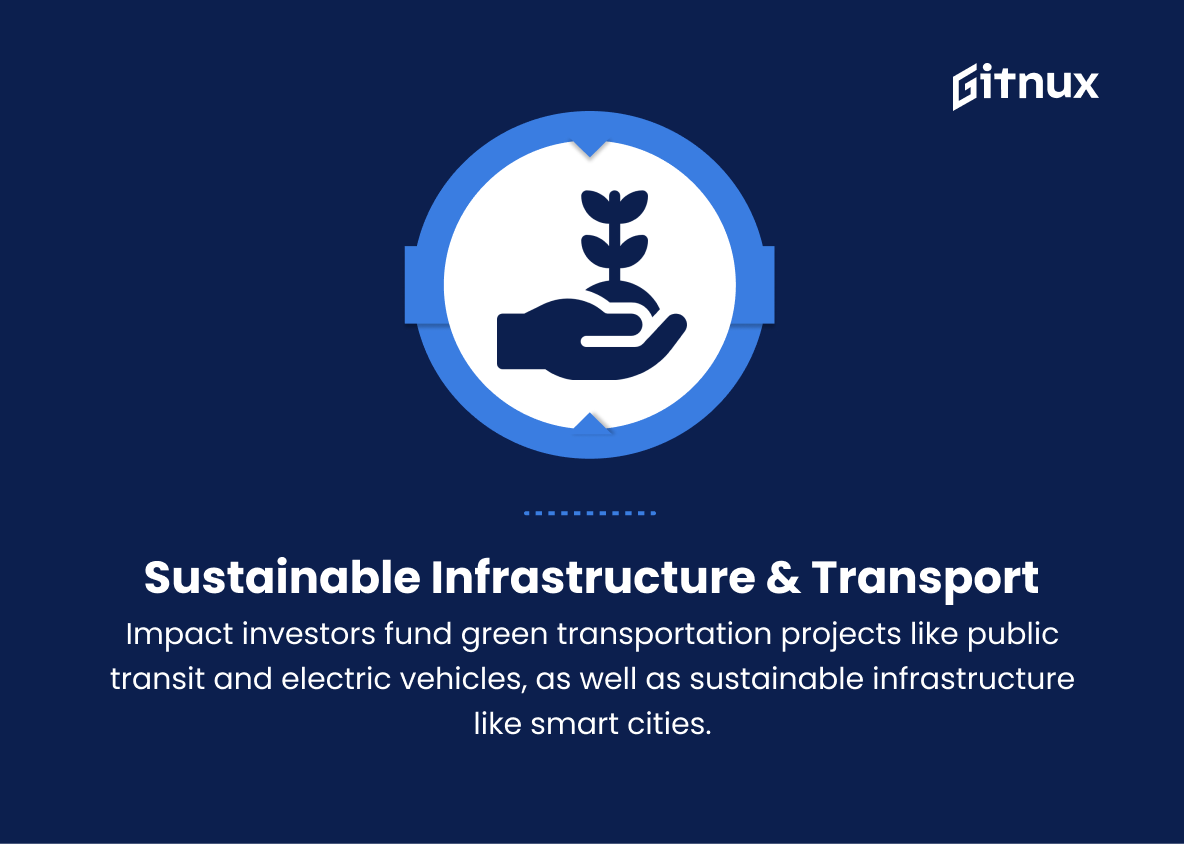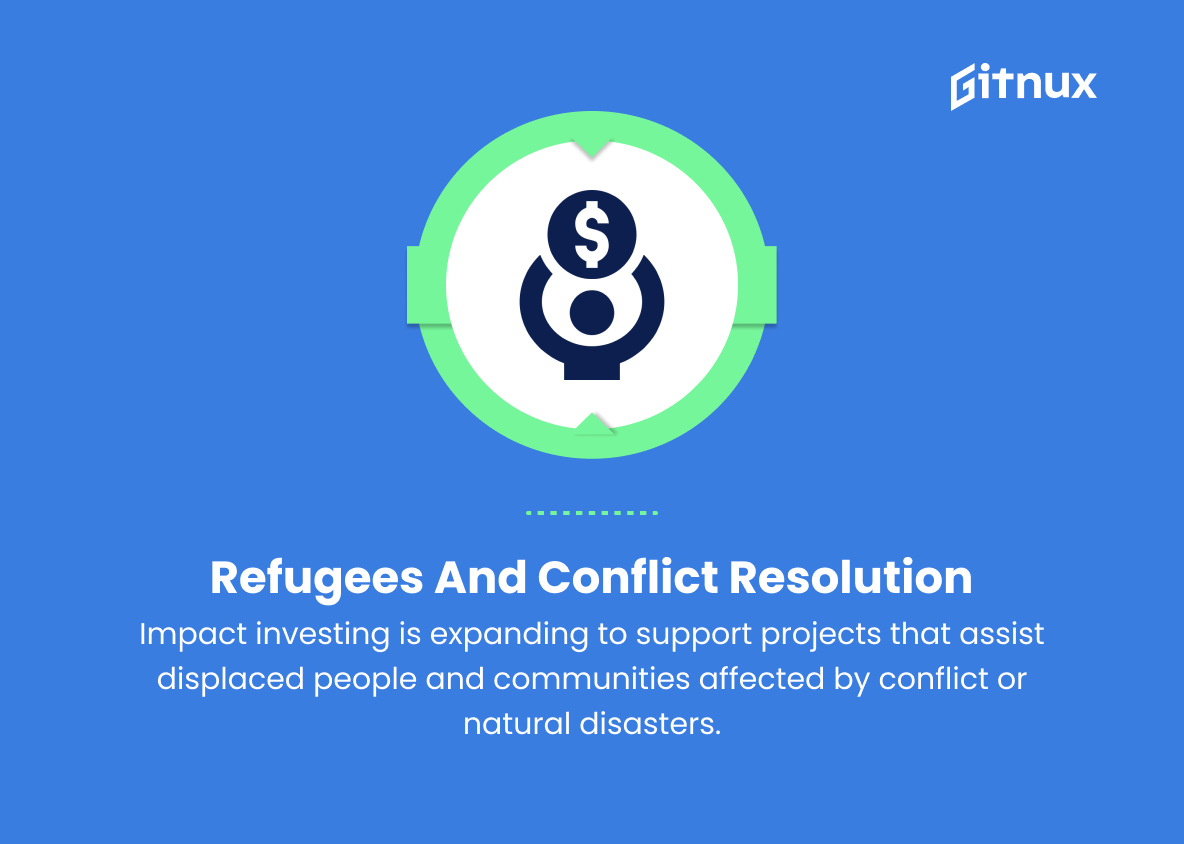As the world continues to grapple with long-standing social, economic, and environmental challenges, the quest for innovative solutions has pushed the financial sector to evolve beyond traditional investment practices.
Impact investing, a rapidly growing niche within the responsible investment landscape, has emerged as a powerful tool for individuals and institutions aiming to drive change while simultaneously generating financial returns.
This blog post delves into the latest trends shaping the impact investing movement, highlighting the forces behind this transformation and exploring how these shifts are redefining the future of investing as we know it.
As we uncover the trends and strategies that are gaining momentum, we seek to provide valuable insights for investors seeking to align their portfolios with their values and contribute to a more sustainable and equitable world.
Top Impact Investing Trends
1. Climate change and renewable energy investments
Investors are increasingly focusing on financing projects that aim to combat climate change, such as renewable energy infrastructures, electric vehicles, and energy-efficient technologies.
2. Socially responsible investing (SRI)
A rising trend in impact investing is making investments in companies and projects that meet specific social, environmental, and corporate governance criteria to create a positive social impact.
3. Gender-lens investing
More and more investors are looking into companies and projects that promote gender equality, women’s education, and female entrepreneurship to close the gender gap.
4. Education and workforce development
Impact investors are putting their capital into projects that promote quality education for all, skill development, and equitable employment opportunities.
5. Health and well-being investments
Impact investors are supporting projects and enterprises that focus on improving health outcomes, medical research, and the development of new healthcare technologies.
6. Food security and sustainable agriculture
An increasing number of investors are backing businesses that promote sustainable farming techniques, food security, and access to healthy food for underserved communities.
7. Affordable housing and community development
Impact investments are being made in housing projects, infrastructure, and other initiatives aimed at developing resilient and sustainable communities.
8. Financial inclusion and fintech
Investing in financial technology and innovative models for delivering financial services to underserved populations is a growing trend in impact investing.
9. Clean water and sanitation
Impact investors are funding projects to improve access to clean water and promote sanitation infrastructure in deprived areas.
10. Circular economy and waste management
Investments in companies that focus on waste reduction, recycling, and improving the overall efficiency of resource use are becoming more prevalent.
11. Biodiversity and conservation
Focusing on preserving ecosystems and protecting endangered species through investments in sustainable forestry, clean oceans, and green infrastructure initiatives.
12. Digital inclusion
Investors are supporting projects that aim to bridge the digital divide by providing broadband accessibility, improving digital literacy, and promoting access to technology in underserved communities.
13. Sustainable infrastructure and transportation
Projects that develop green transportation systems, such as public transit and electric vehicles, and sustainable infrastructure like smart cities are increasingly being funded by impact investors.
14. Ethical supply chains and fair labor practices
Investors are putting capital into businesses that prioritize ethical labor practices, fair-trade principles, and responsible sourcing of their products.
15. Refugees and conflict resolution
Impact investing is expanding to support projects that assist displaced people and communities affected by conflict or natural disasters.
These trends represent a shift in the investing world towards more sustainable and inclusive growth, fostering positive change in society and the environment while generating financial returns.
Implications
The growing trend of impact investing signifies a transformative shift in the financial landscape, as investors increasingly prioritize environmental, social, and governance (ESG) factors when allocating capital.
By supporting projects that address climate change, drive renewable energy initiatives, and promote clean water and sanitation, investors are taking a forward-looking approach to catalyzing sustainable development.
The focus on social responsibility, gender equality, education and workforce development, alongside health and well-being investments, demonstrates a recognition of the importance of fostering inclusive, thriving societies.
Simultaneously, the emphasis on food security, housing affordability, financial inclusion, biodiversity conservation, and digital accessibility reflects the widespread recognition of interconnected global challenges that require collaborative solutions.
Impact investments in sustainable infrastructure, transportation, ethical supply chains, and refugee assistance exemplify the need for multisectoral approaches to promote lasting change.
Ultimately, this surge in impact investing trends signals a pivotal shift towards a more sustainable and inclusive economy, balancing the pursuit of profit with the societal and environmental well-being.
Conclusion
In conclusion, the world of impact investing has transformed significantly in recent years, becoming more influential and dynamic than ever before.
As the space continues to mature, the trends discussed throughout this blog post – such as the growing focus on environmental, social, and governance (ESG) issues, the rise of gender-lens investing, the adoption of innovative financial instruments, and increased regulatory support from governments – all serve to highlight the increasing importance and potential of impact investing in our global economy.
As investors, it is up to us to remain informed about these developments and adapt our investment strategies accordingly.
By embracing the latest trends in impact investing, we can not only ensure the growth of our portfolios but also contribute to a more sustainable and equitable global society for generations to come.
Let us continue to work towards a future where social and environmental impact serves as a core aspect of successful and responsible investing.
The opportunities for positive change are vast, and as investors, we play a pivotal role in making this impact-driven vision a reality.


